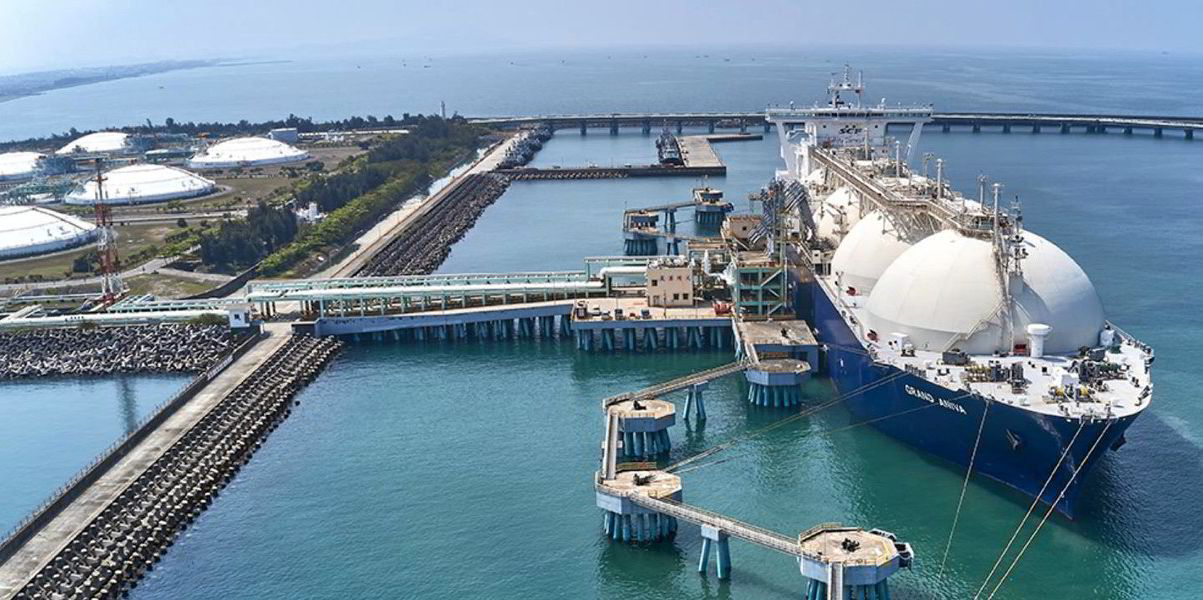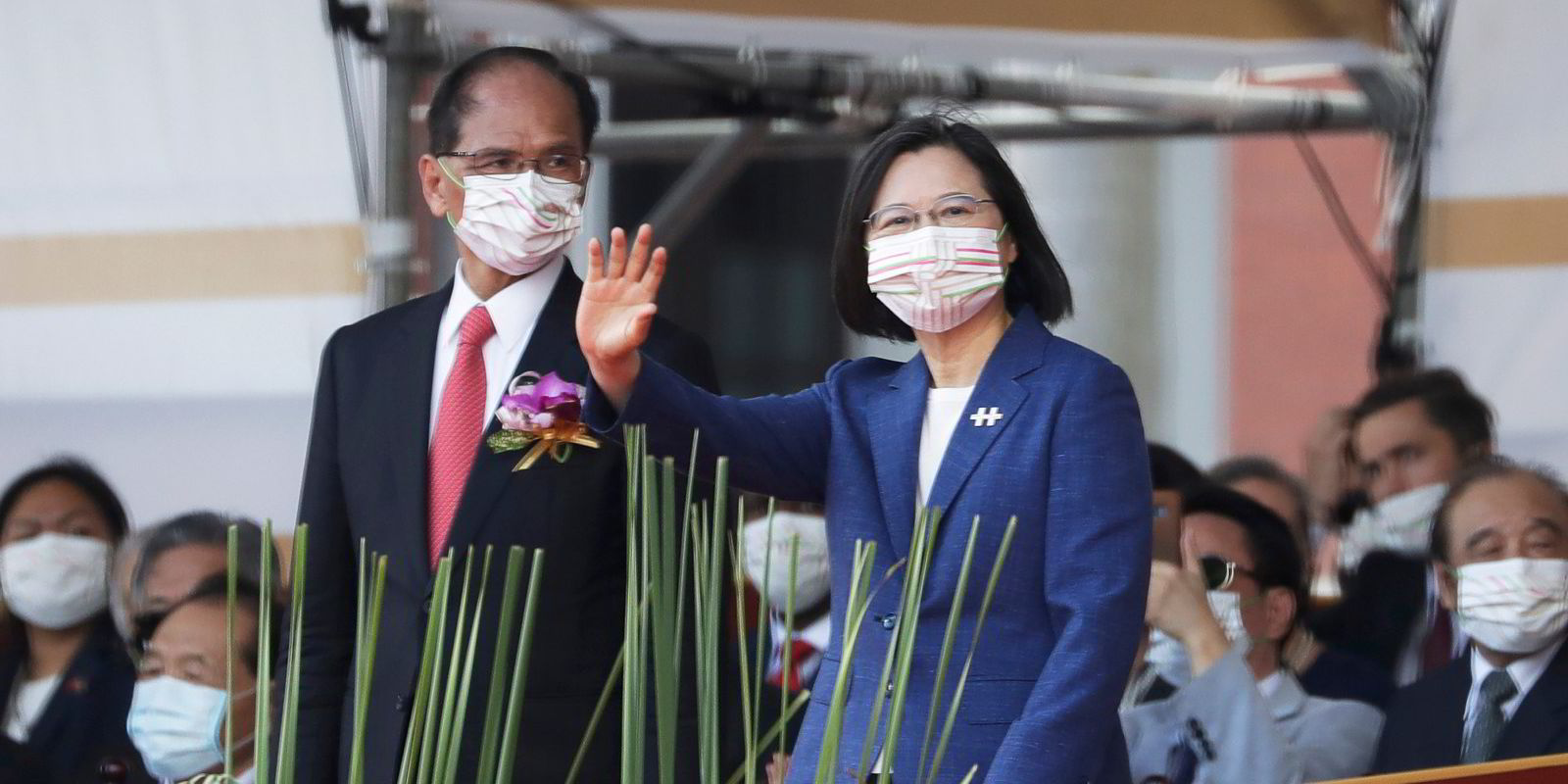The outlook for decarbonisation in Taiwan is uncertain as the country's regulators fight over approval of an LNG terminal that would replace the equivalent of 5m tonnes of thermal coal per year.
The battle over state-owned CPC Corp's offshore infrastructure for the Datan LNG terminal pits two different strands of environmental protectionism against each other.
Taiwan's ministry of economic affairs is backing the project for the sake of reducing Taiwan's carbon emissions. But the country's Environmental Protection Administration (EPA) is siding with groups who question the offshore terminal's effect on underwater ecology.
The planned Datan LNG terminal off Taoyuan, a suburb of the capital Taipei, would be the country's third after Yongan and Taichung.
Both of CPC's older terminals are under expansion, and in July CPC signed a new supply contract with Qatar Petroleum to take 1.25m tonnes of LNG per year specifically for the planned third terminal.
According to the ministry, the gas-powered power plant would produce 13.7bn kW hours per year of electrical power, allowing the country to take some 5m tonnes of coal-fired power production offline.
But opponents of the project, including one called the Rescue Datan's Algal Reefs Alliance, have won the ear of Taiwan's EPA, which held public and closed-door hearings recently and on 12 October ordered CPC Corp to produce more information on the environmental effects.
CPC Corp did not immediately respond to a request for comment.
The project, which was meant to begin operation as early as 2022, has already been rescaled, rescheduled and repriced in an effort to spare reefs by cutting the terminals size and moving it to deeper water beyond the range of the sensitive offshore environment.
Opponents of the Datan LNG terminal have already collected enough petition signatures to force a popular referendum on the project. Voting is scheduled for 18 December, and can kill the terminal if as much as 25% of the electorate turns out and a majority of voters turn their thumbs down.
"I wish that environmental groups would look at the big picture when it comes to protecting the environment," said Taiwan deputy minister of economic affairs Tseng Wen-sheng as quoted by the English-language Taipei Times.

Taiwan currently produces around 40% of its electrical power from coal and less than 40% from LNG, according to the ministry. The Datan terminal is meant to shift the energy mix closer to Taiwan President Tsai Ing-wen's stated goal of 50% natural gas, 30% coal and 20% renewables by 2025. Besides burning less coal, Taiwan aims to cut out nuclear energy.
Energy generation figures for 2020 from Taiwan Power Co show that the power mix was 40.8% natural gas, 36.4% coal, 12.7% nuclear energy and just 5.8% renewables, according to state-owned news provider Focus Taiwan.
Besides being the country's main LNG buyer, CPC is an LNG shipowner through Nimic Ship Management, its four-ship 50:50 venture with Japan's NYK Line.





